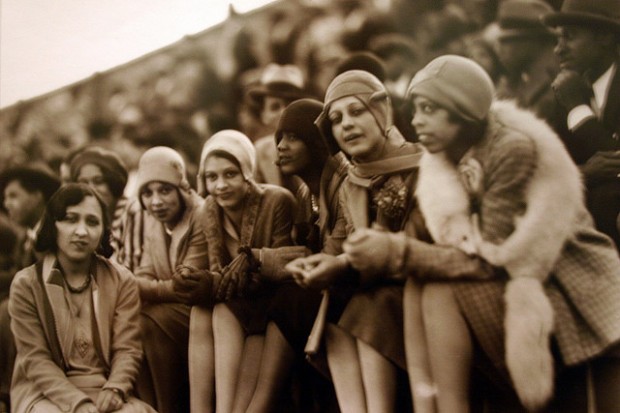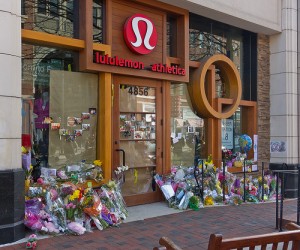
Flickr: Libenne
Young ladies watching a football game at Griffith stadium, from the 2009 Scurlock exhibit at the Smithsonian. The Scurlock family operated a famed U Street studio, which was known for its elegant work.
It feels appropriate to look at black and white pictures of Washington’s past, when it is so gray outside. Luckily, the Left for LeDroit blog is offering up a series of fascinating images, taken by esteemed African American photographer Addison Scurlock, who, with his sons Robert and George, ran a successful studio on U Street NW, which was “one of the longest-running black businesses in Washington”.
The National Museum of American History is working hard to protect the vast Scurlock collection of pictures, many of which captured important parts of D.C.’s black history. Left for LeDroit deserves much credit for inspiring a delightful online journey which taught me a lot about this family and their beautiful work.
Continue reading










